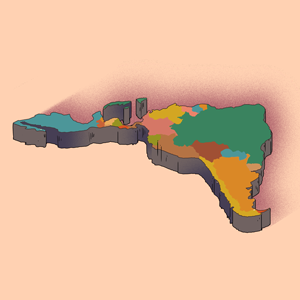Revisiting Windows 1.0: how Microsoft’s first desktop gracefully failed
Editorâs note: Bill Gates unveiled Windows 1.0 to the world 30 years ago, before finalizing it and shipping it two years later. Nowâs a good time to revisit our look at an operating system that helped shape personal computing over the years. Two years ago today, when Windows 1.0 celebrated its 25th birthday, we didnât […]


Editorâs note: Bill Gates unveiled Windows 1.0 to the world 30 years ago, before finalizing it and shipping it two years later. Nowâs a good time to revisit our look at an operating system that helped shape personal computing over the years.
Two years ago today, when Windows 1.0 celebrated its 25th birthday, we didnât yet know what the future of Windows would hold. Now that Windows 8 is on the market, the original is more relevant than ever before. Today, Windows 1.0 turns 27, and despite the many ways computing has changed since its debut, the two operating systems have some surprising similarities. Letâs take a look at just how far weâve come since Windows 1.0⦠and where Microsoft is retracing its own footsteps with the latest version of Windows.
On November 10th, 1983, Microsoft announced Windows. For $99, it came with a notepad, calendar, clock, cardfile, terminal application, file manager, a game of Reversi, Windows Write, and Windows Paint. The original press materials, prepared using Windows Write, had this quote from Bill Gates:
âWindows provides unprecedented power to users today and a foundation for hardware and software advancements of the next few year …
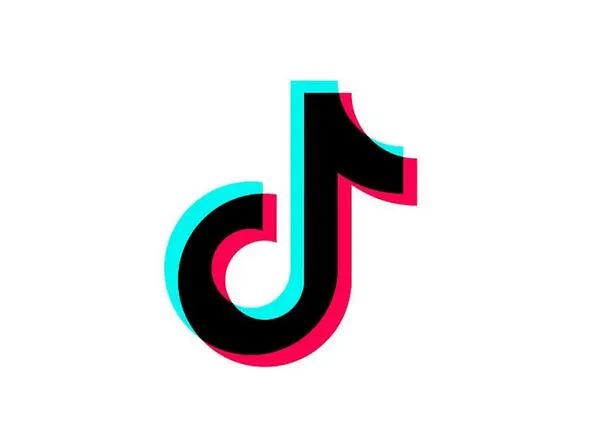

![How to Find Low-Competition Keywords with Semrush [Super Easy]](https://static.semrush.com/blog/uploads/media/73/62/7362f16fb9e460b6d58ccc09b4a048b6/how-to-find-low-competition-keywords-sm.png)

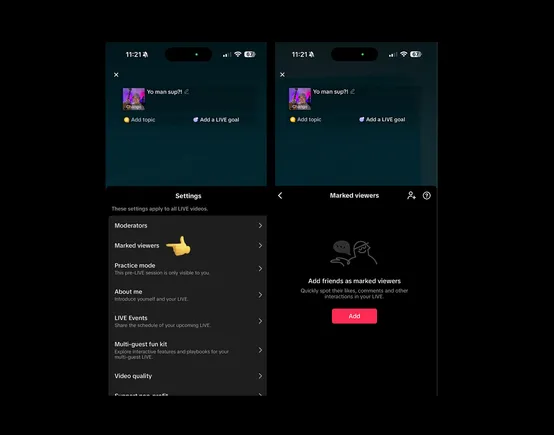
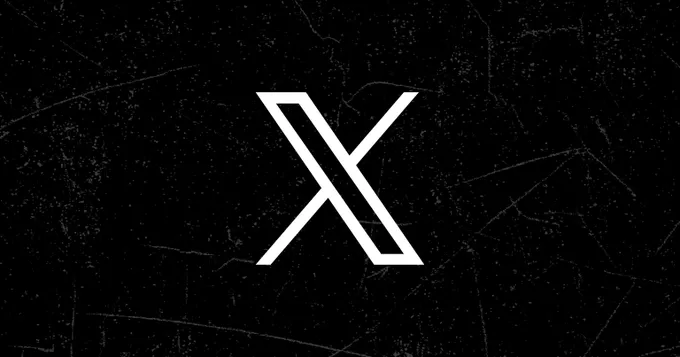


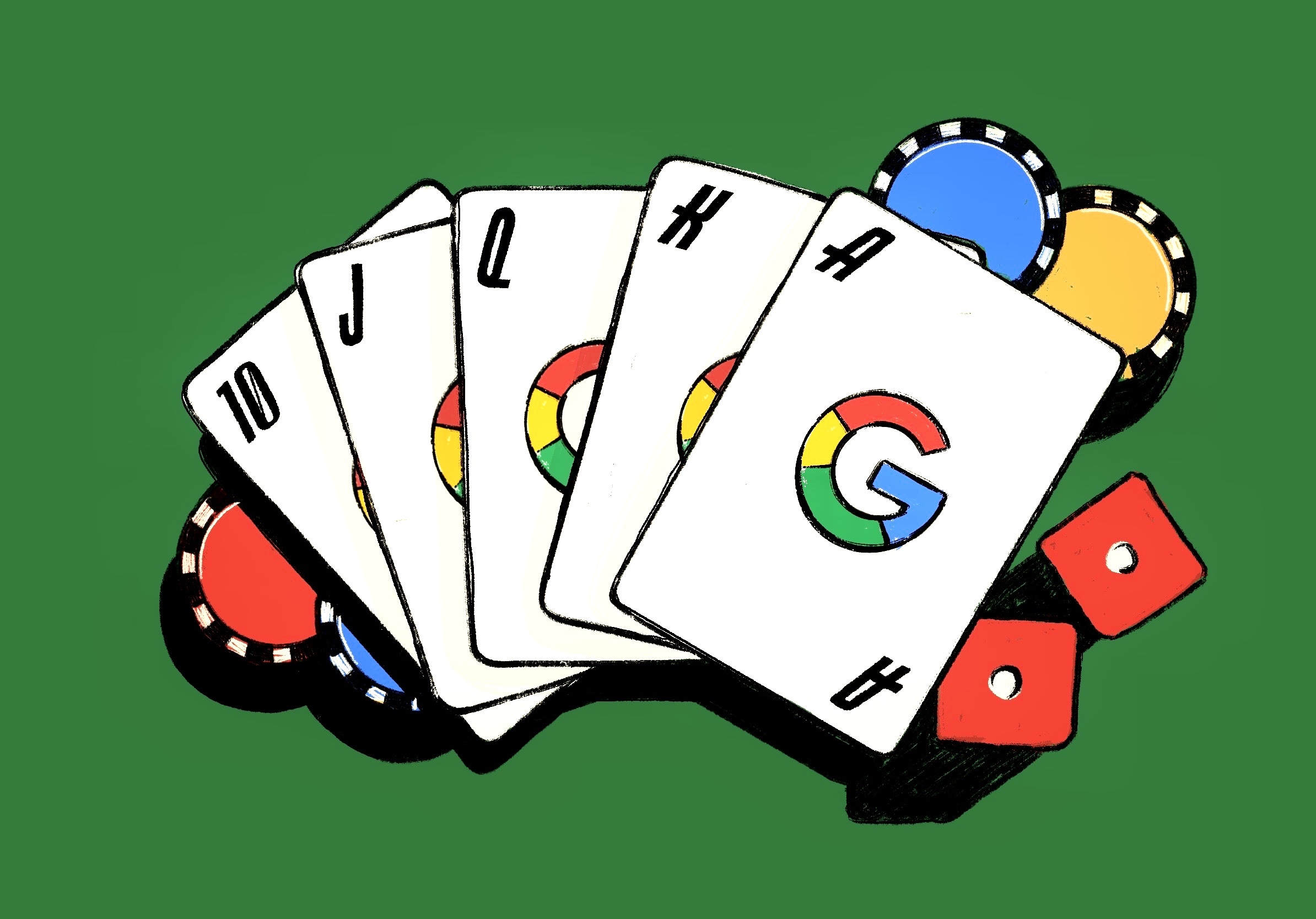
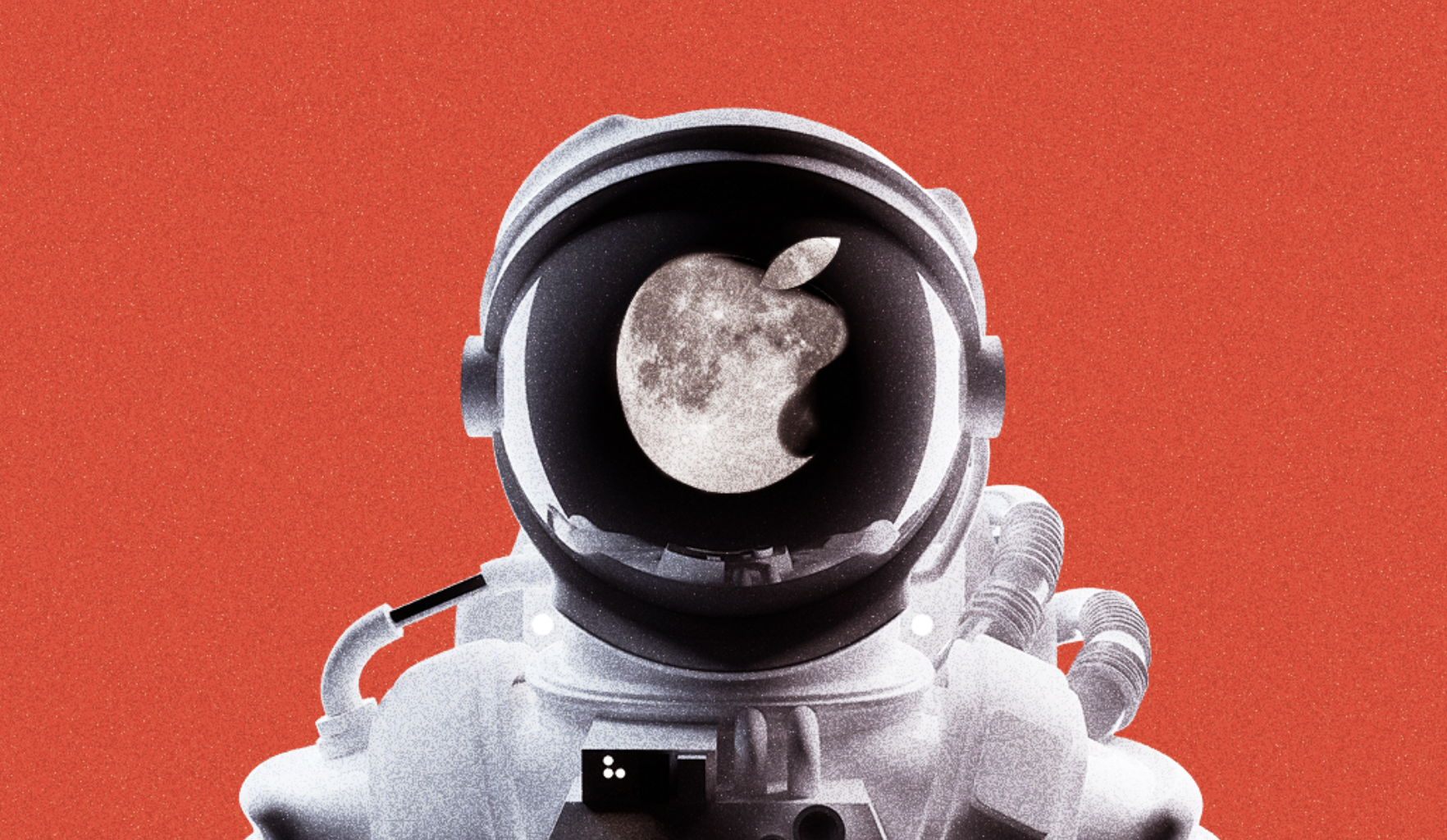

















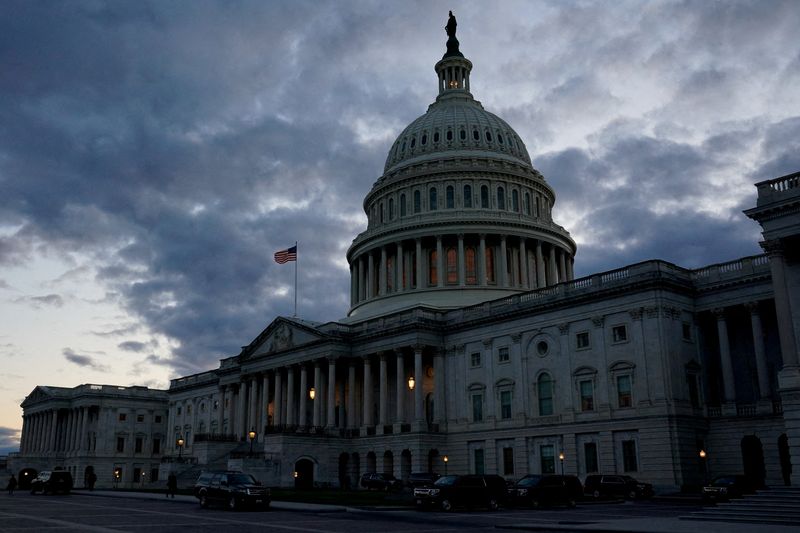
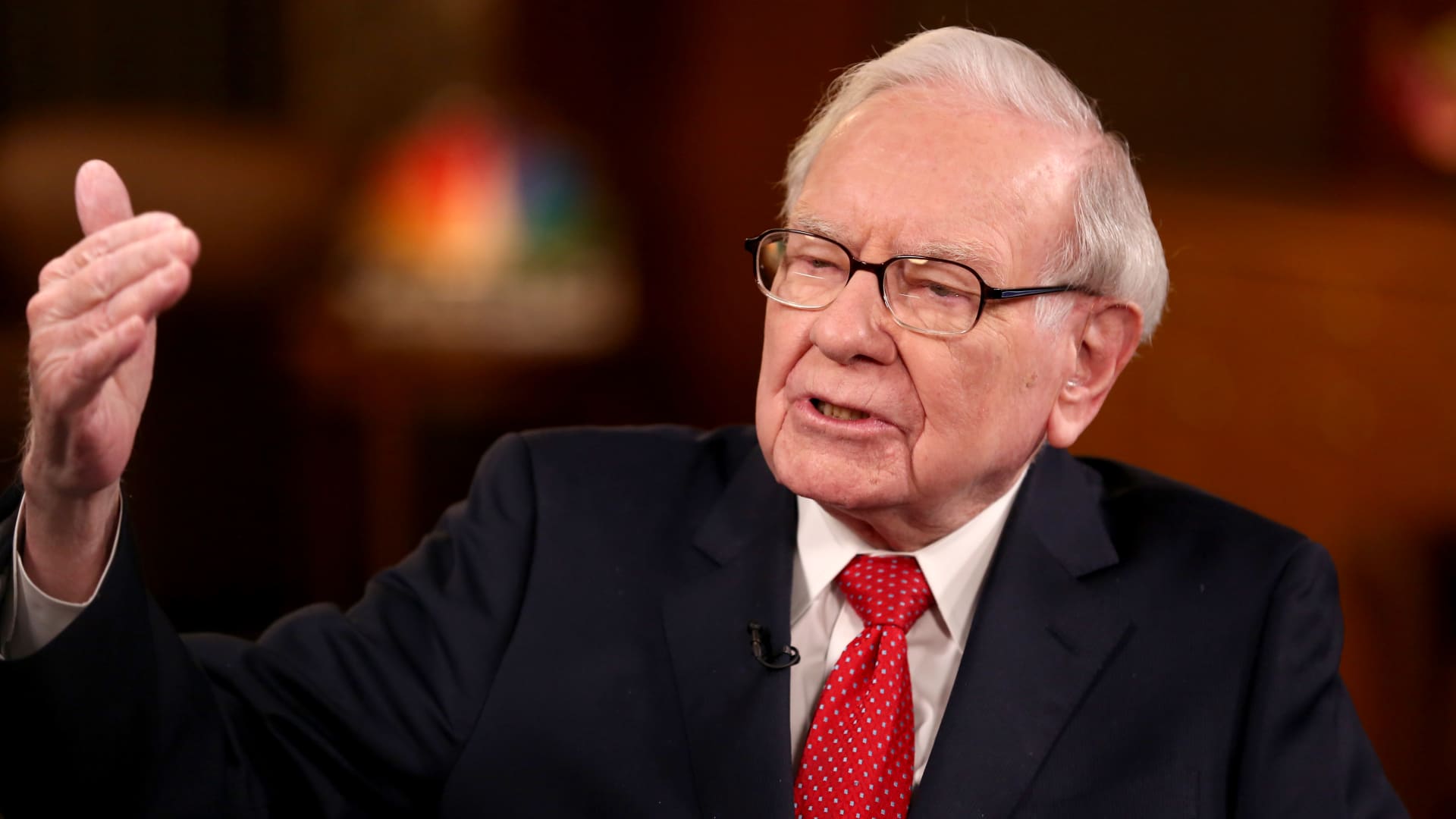
















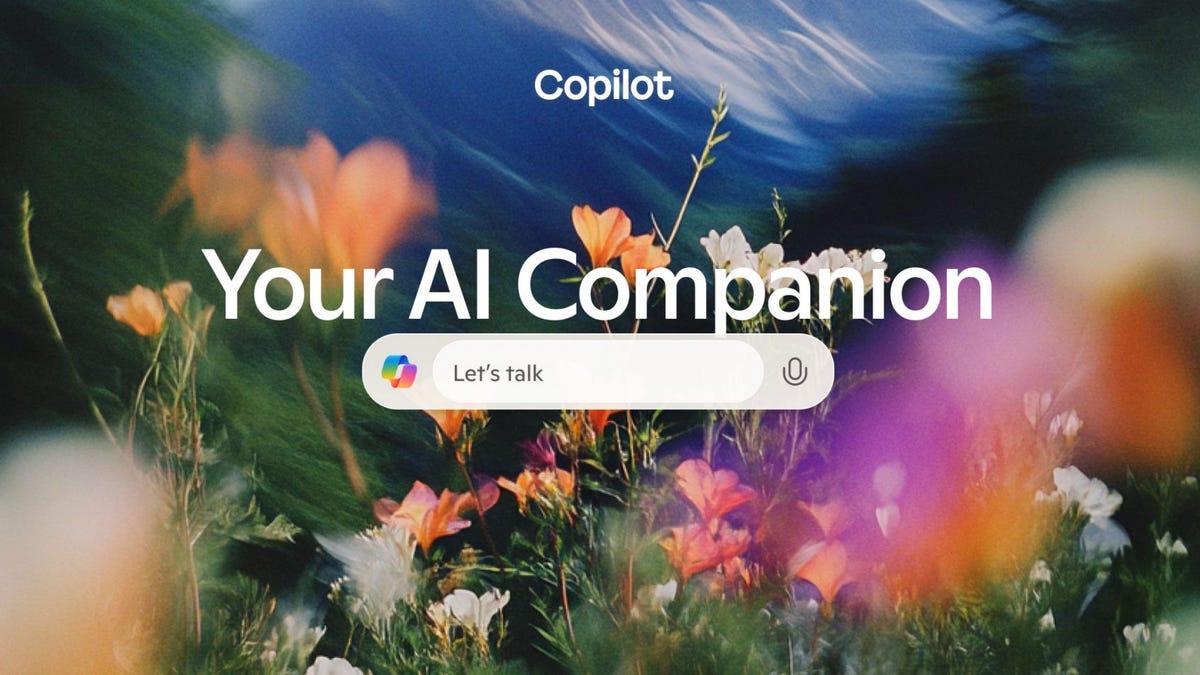
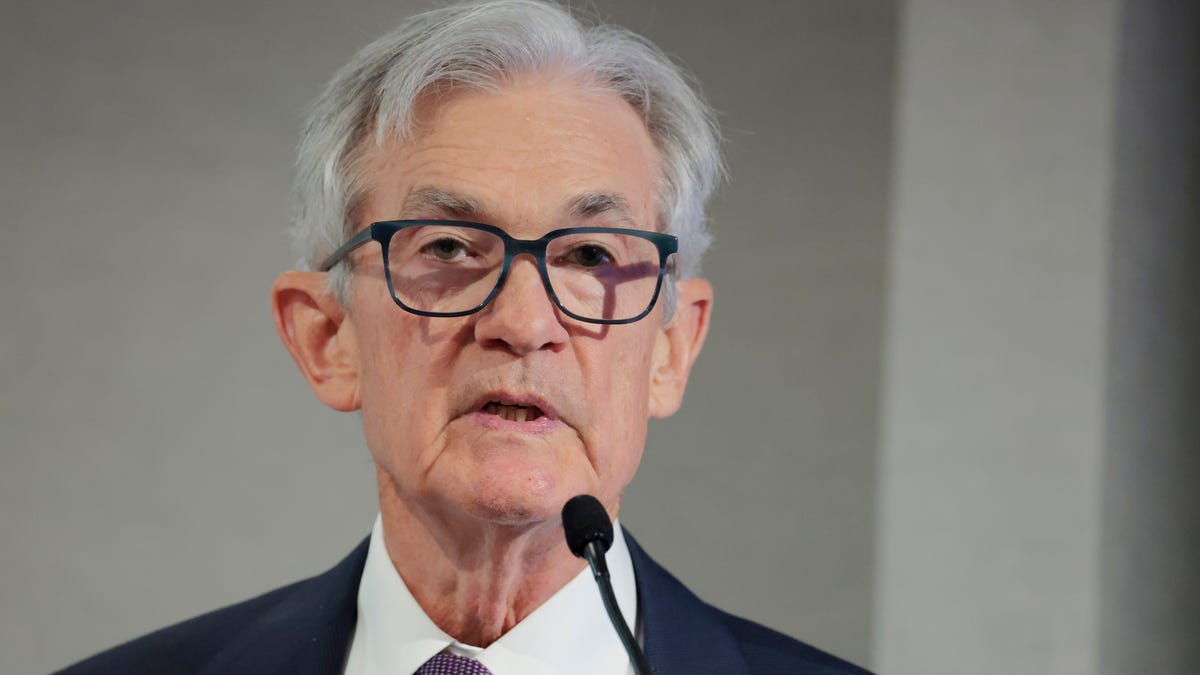































































































































.jpg)
%20Abstract%20Background%20112024%20SOURCE%20Amazon.jpg)


















